SLVSFY9B June 2021 – August 2021 DRV8212
PRODUCTION DATA
- 1 Features
- 2 Applications
- 3 Description
- 4 Revision History
- 5 Device Comparison
- 6 Pin Configuration and Functions
- 7 Specifications
- 8 Detailed Description
- 9 Application and Implementation
- 10Power Supply Recommendations
- 11Layout
- 12Device and Documentation Support
- 13Mechanical, Packaging, and Orderable Information
Package Options
Mechanical Data (Package|Pins)
Thermal pad, mechanical data (Package|Pins)
- DSG|8
Orderable Information
7.7 Typical Characteristics DRL Package
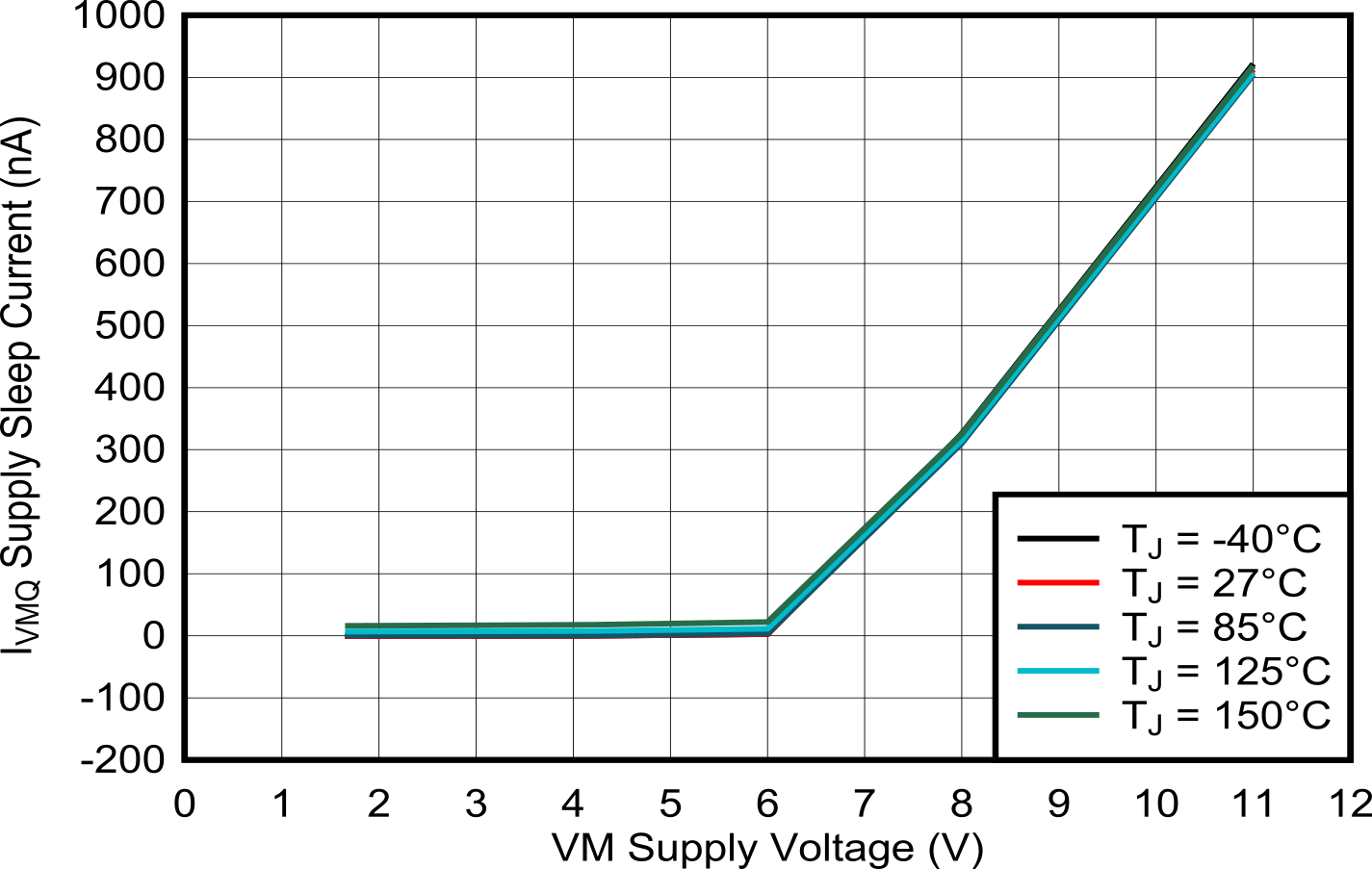 Figure 7-17 Sleep Current
(IVMQ) vs. Supply Voltage (VVM)
Figure 7-17 Sleep Current
(IVMQ) vs. Supply Voltage (VVM)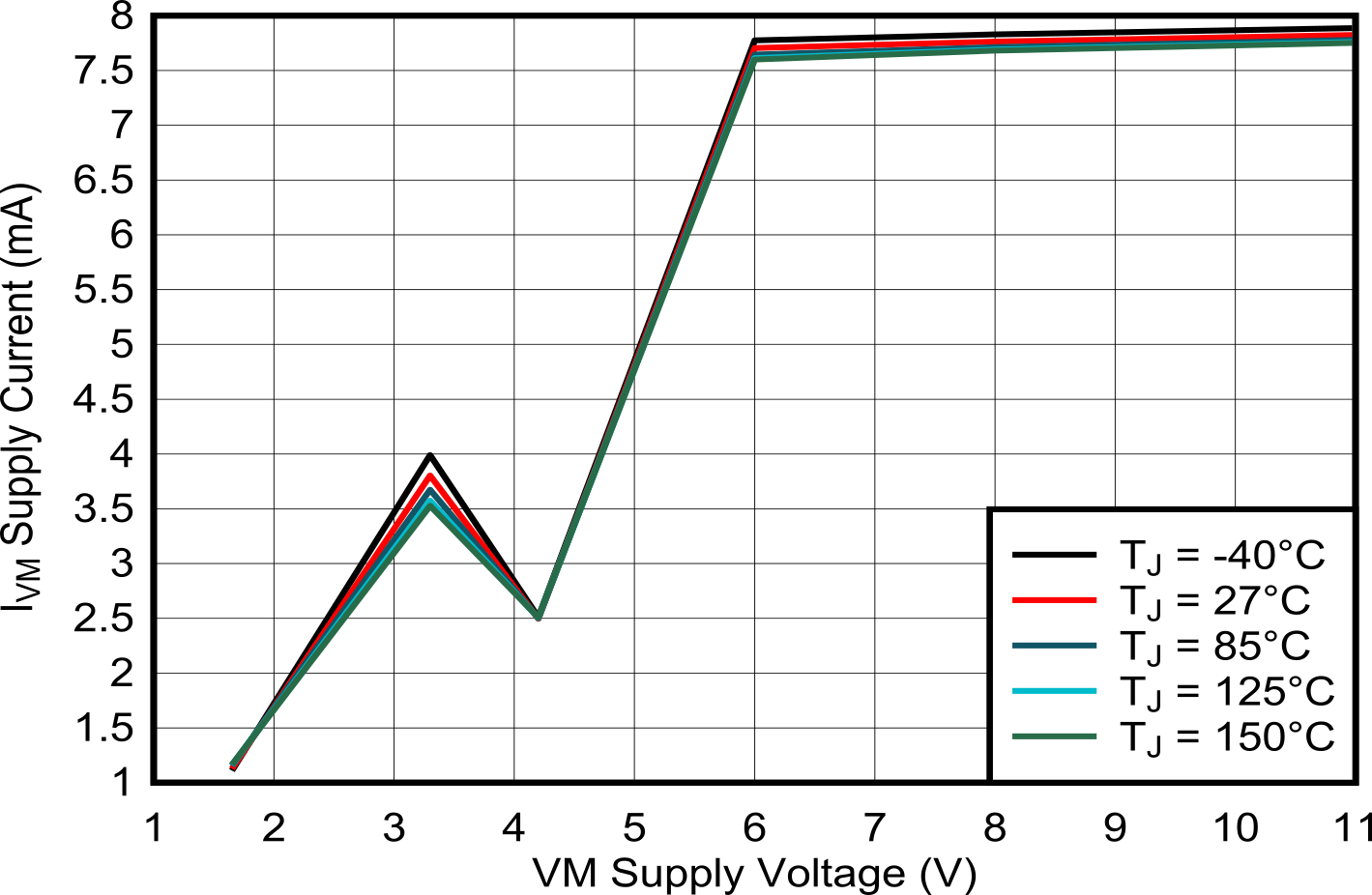 Figure 7-19 Active Current
(IVM) vs. Supply Voltage (VVM)
Figure 7-19 Active Current
(IVM) vs. Supply Voltage (VVM)Figure 7-21 High-Side
RDS(on) vs. Supply Voltage
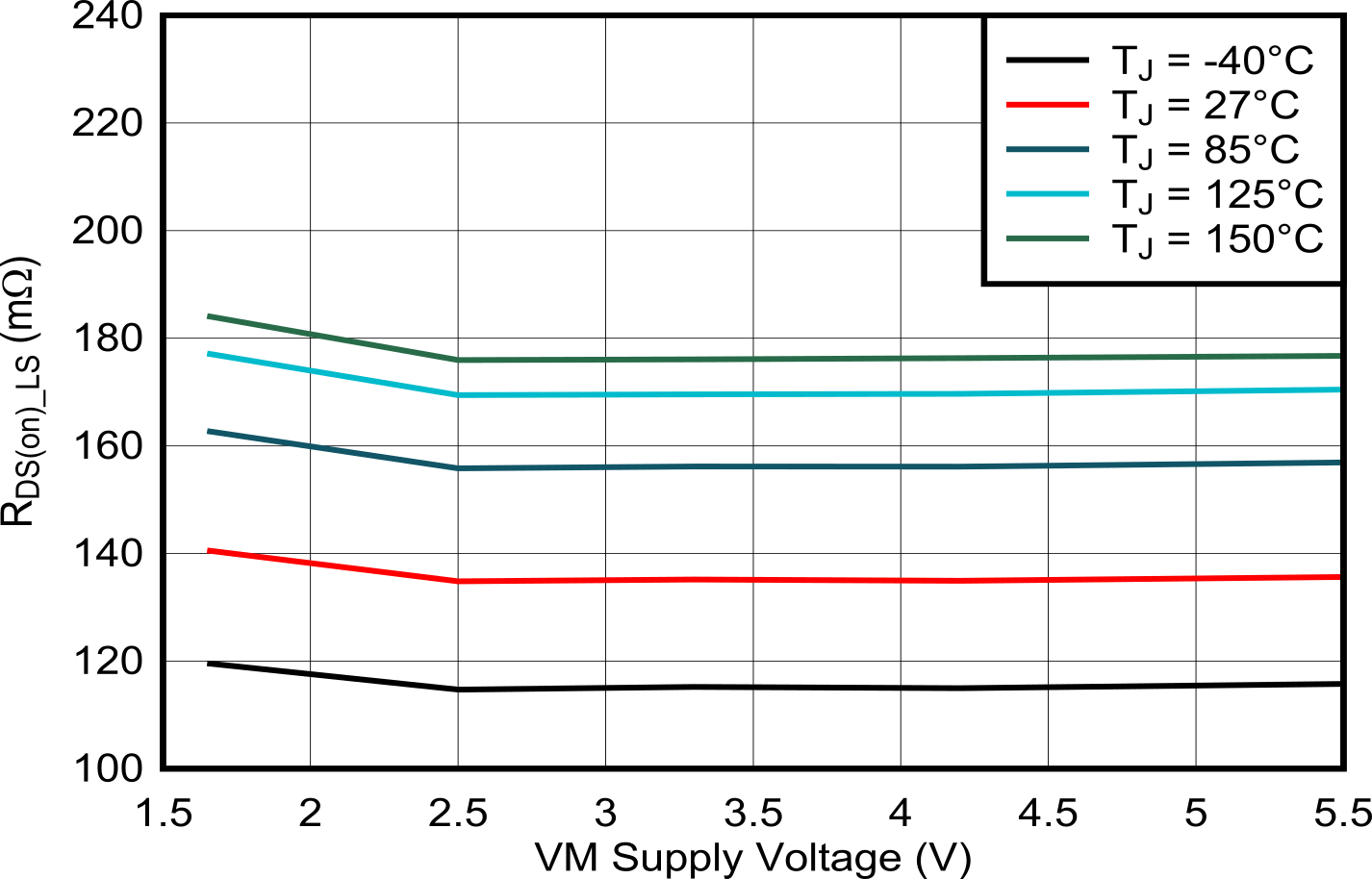 Figure 7-23 Low-Side RDS(on) vs. Supply Voltage
Figure 7-23 Low-Side RDS(on) vs. Supply Voltage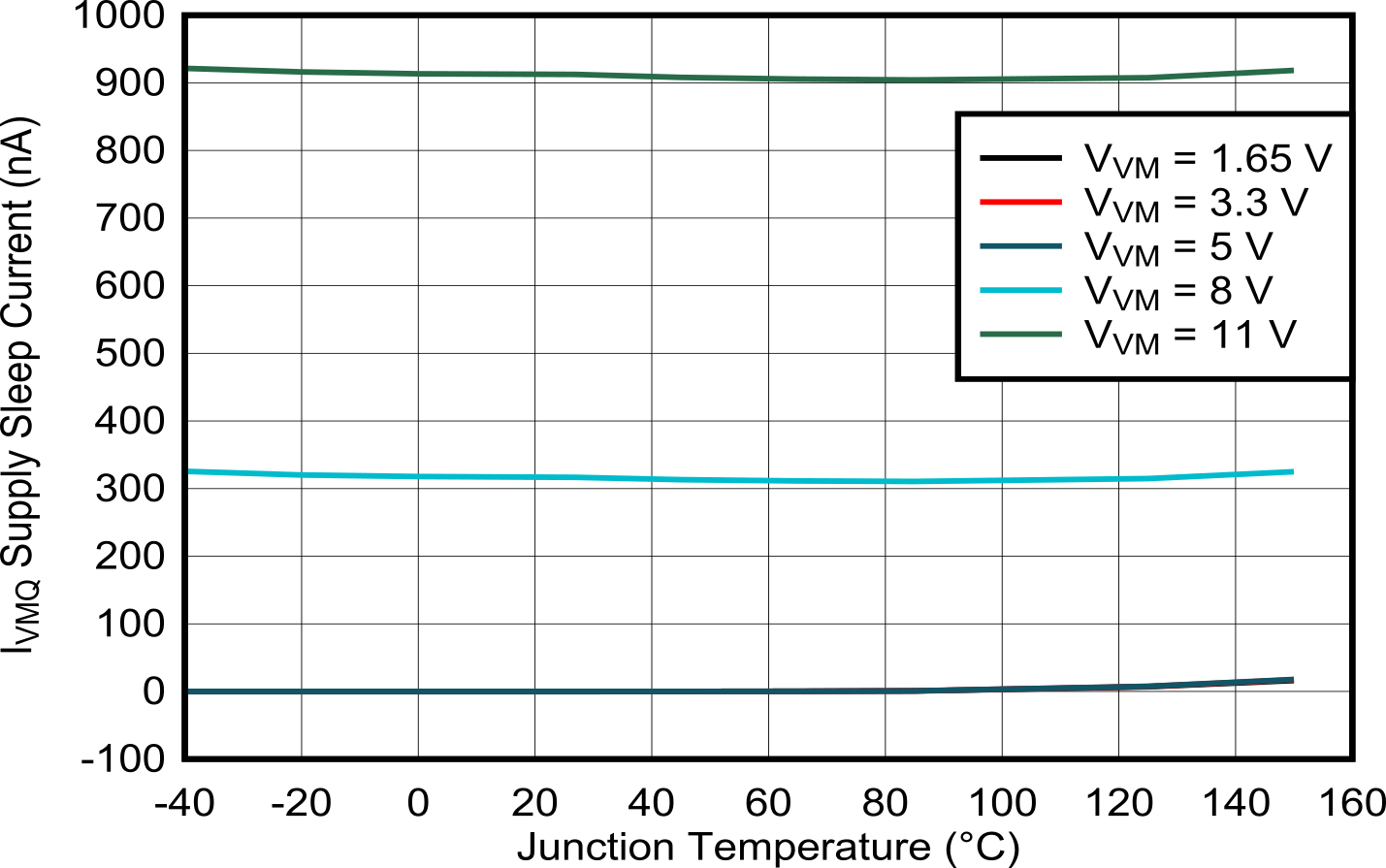 Figure 7-18 Sleep Current
(IVMQ) vs. Junction Temperature (TJ)
Figure 7-18 Sleep Current
(IVMQ) vs. Junction Temperature (TJ)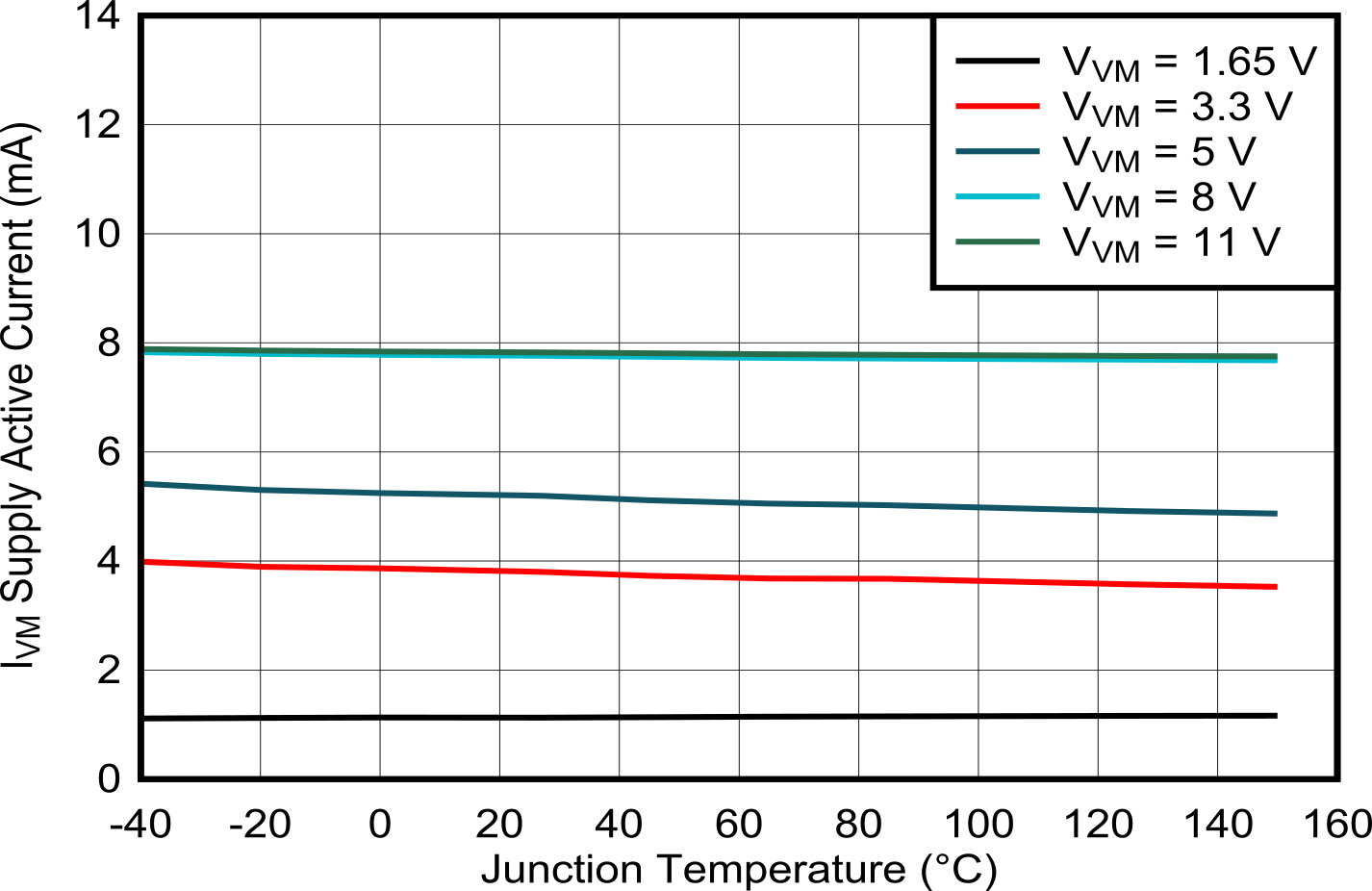 Figure 7-20 Active Current
(IVM) vs. Junction Temperature (TJ)
Figure 7-20 Active Current
(IVM) vs. Junction Temperature (TJ)Figure 7-22 High-Side RDS(on) vs. Junction Temperature
(TJ)
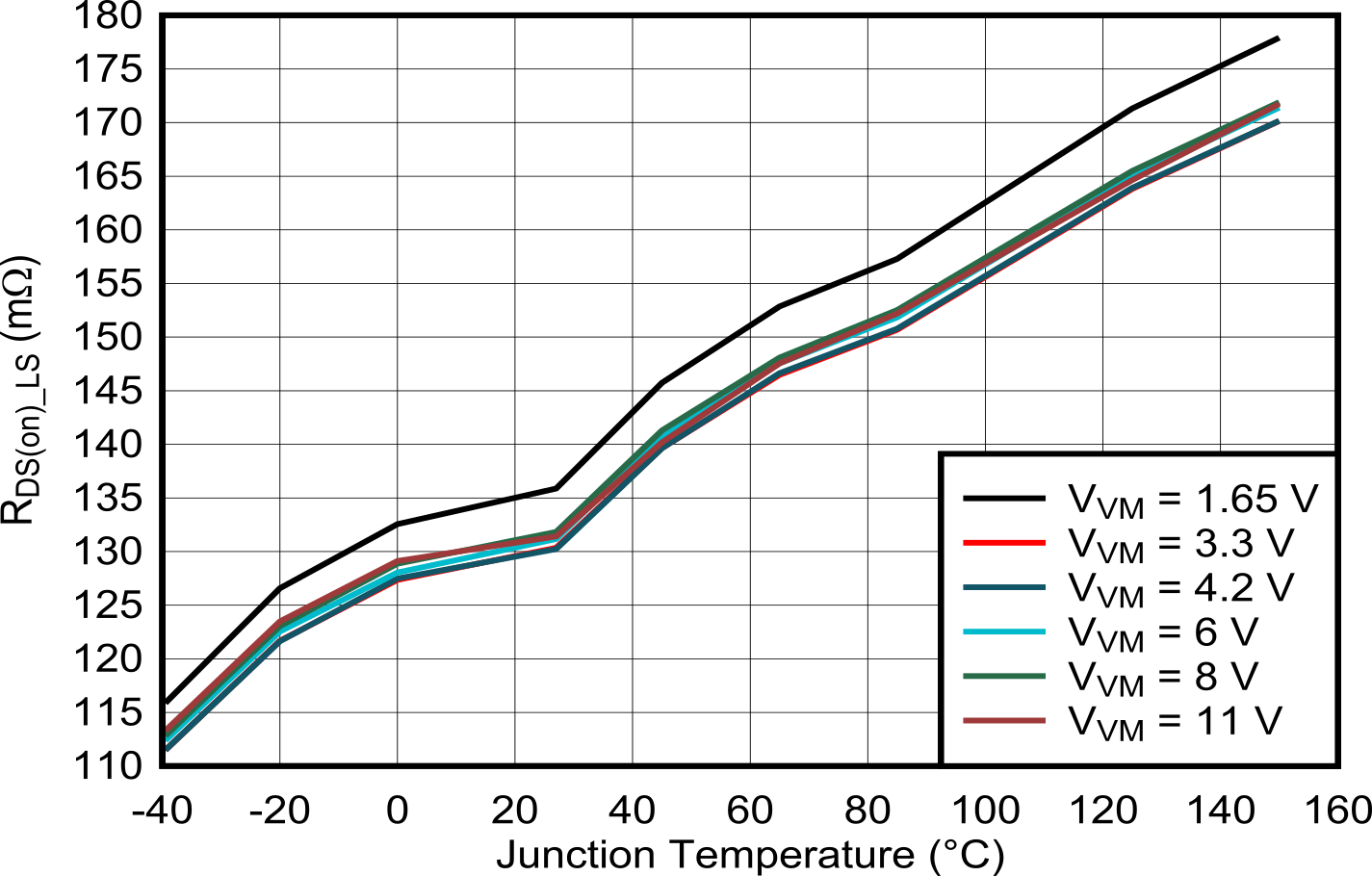 Figure 7-24 Low-Side RDS(on) vs. Junction Temperature
(TJ)
Figure 7-24 Low-Side RDS(on) vs. Junction Temperature
(TJ)